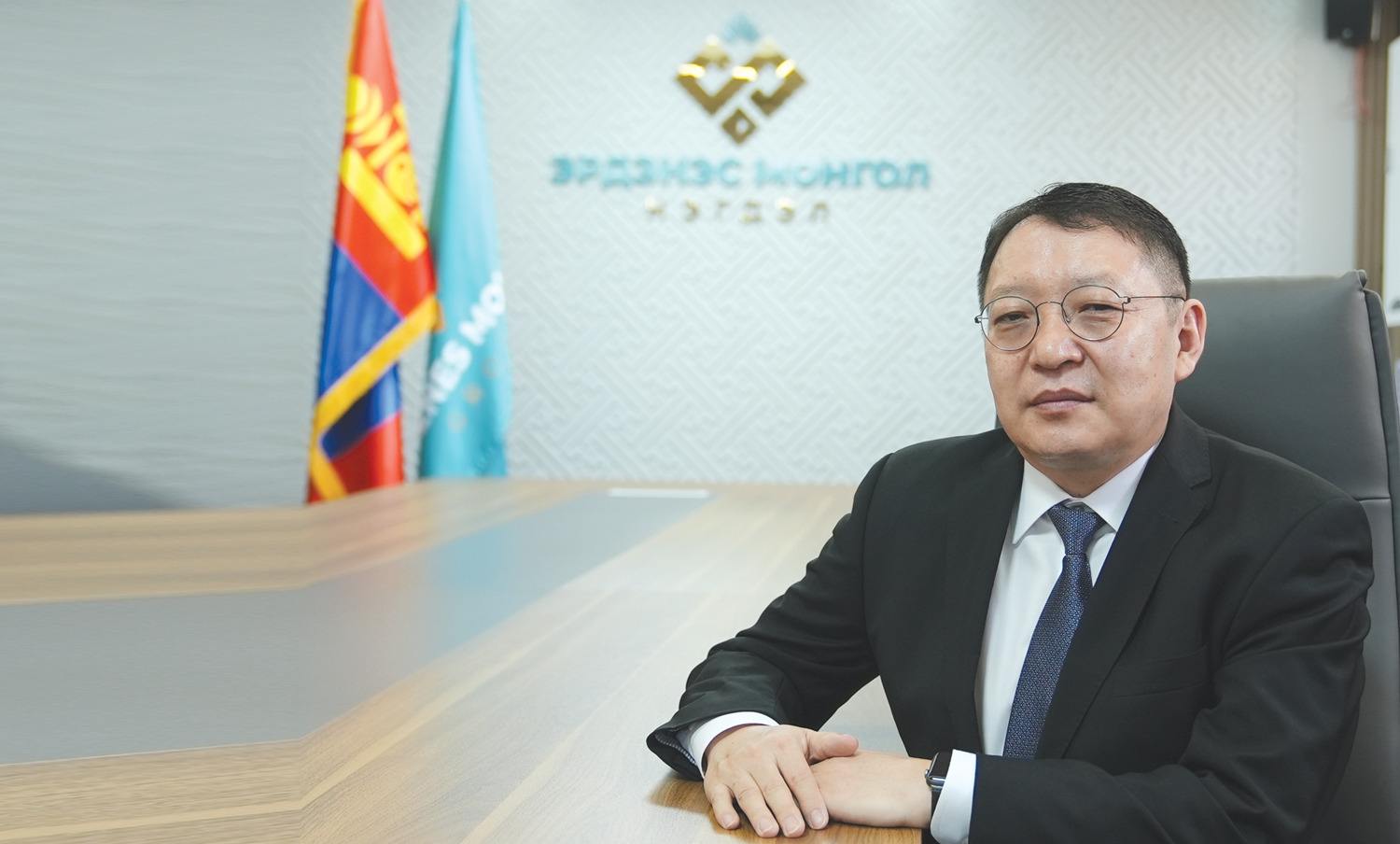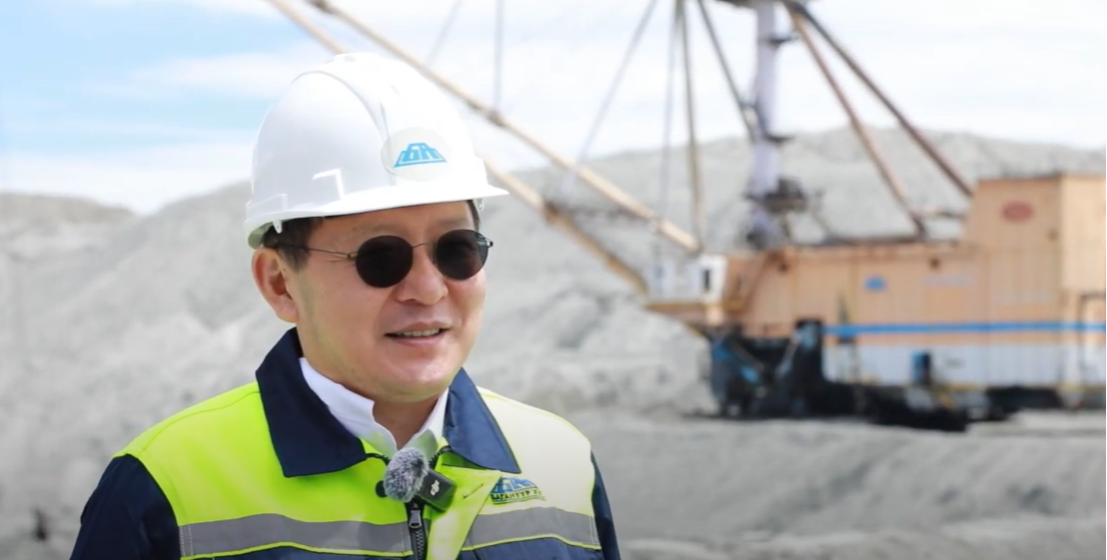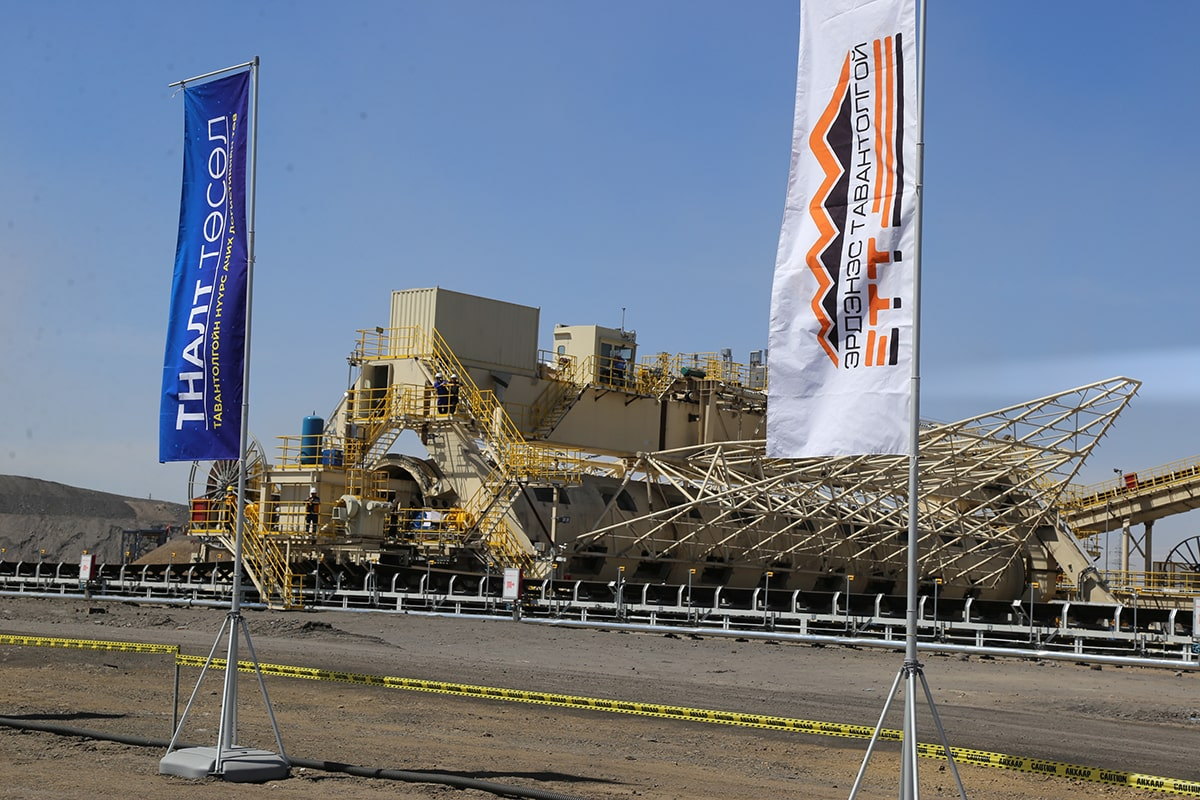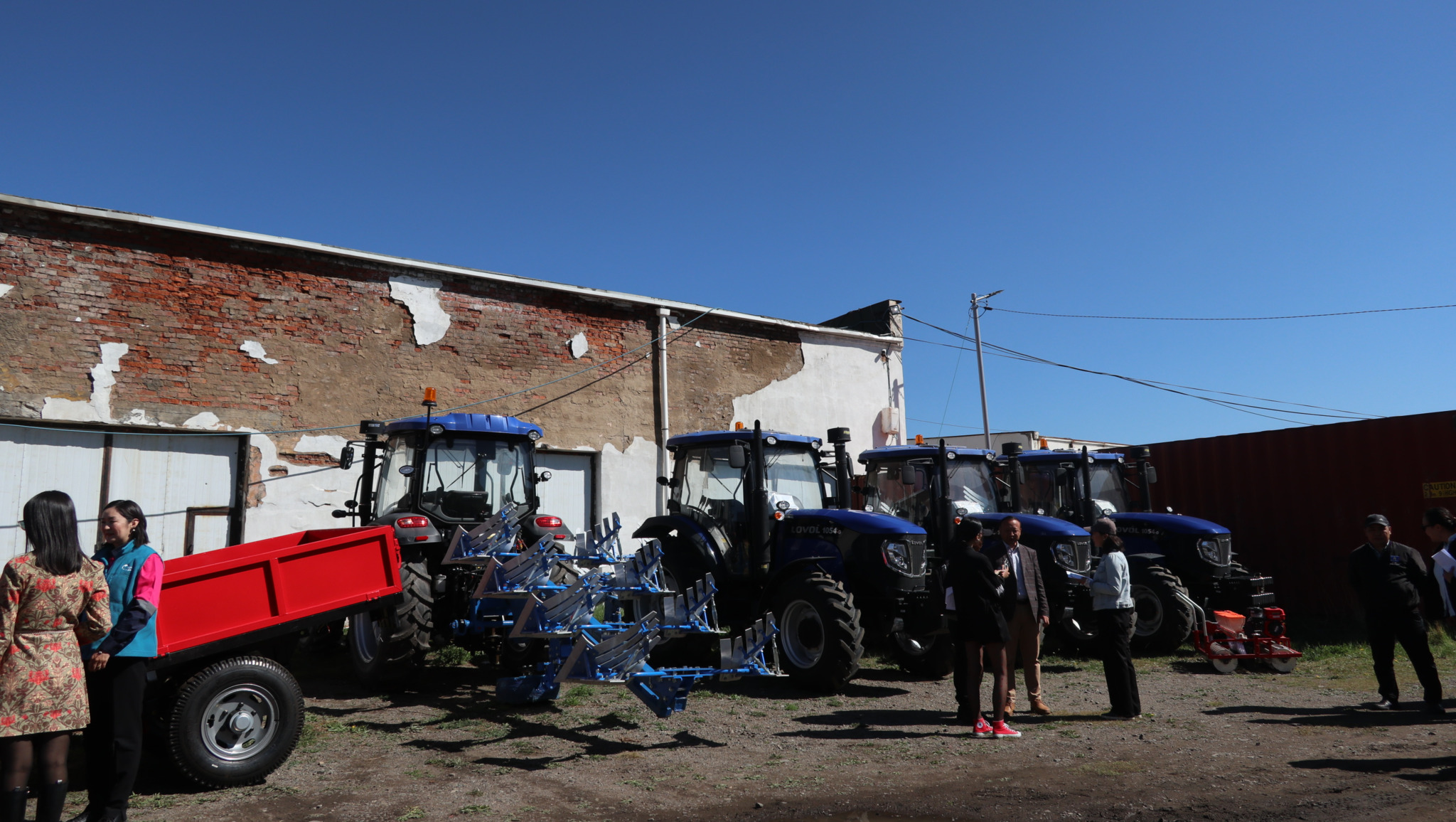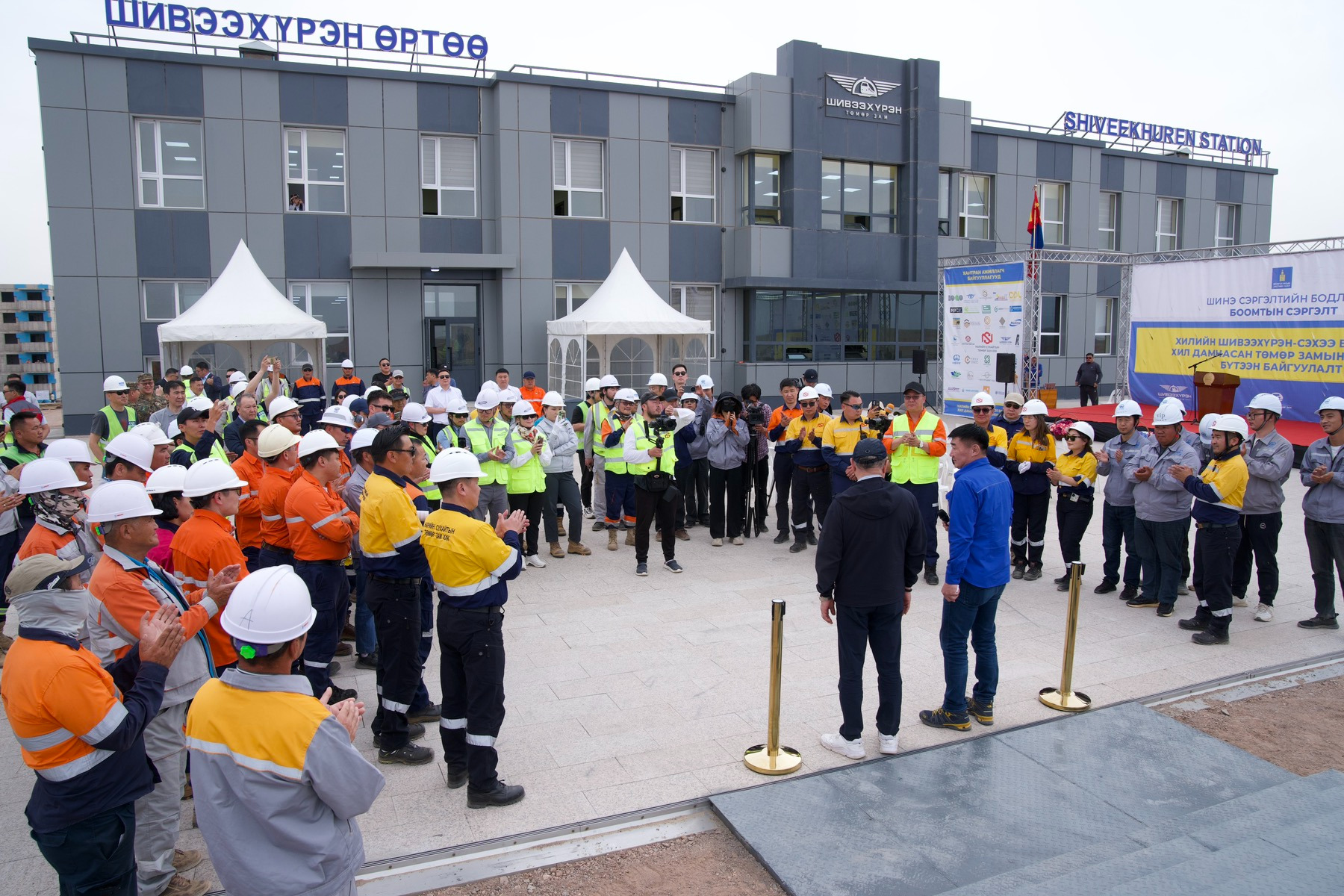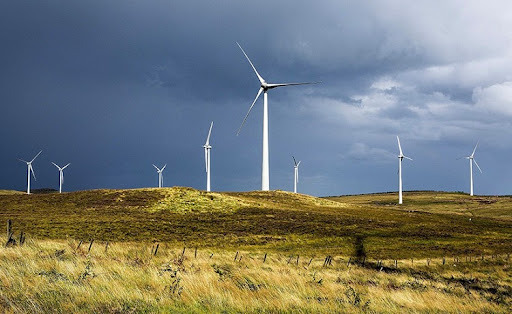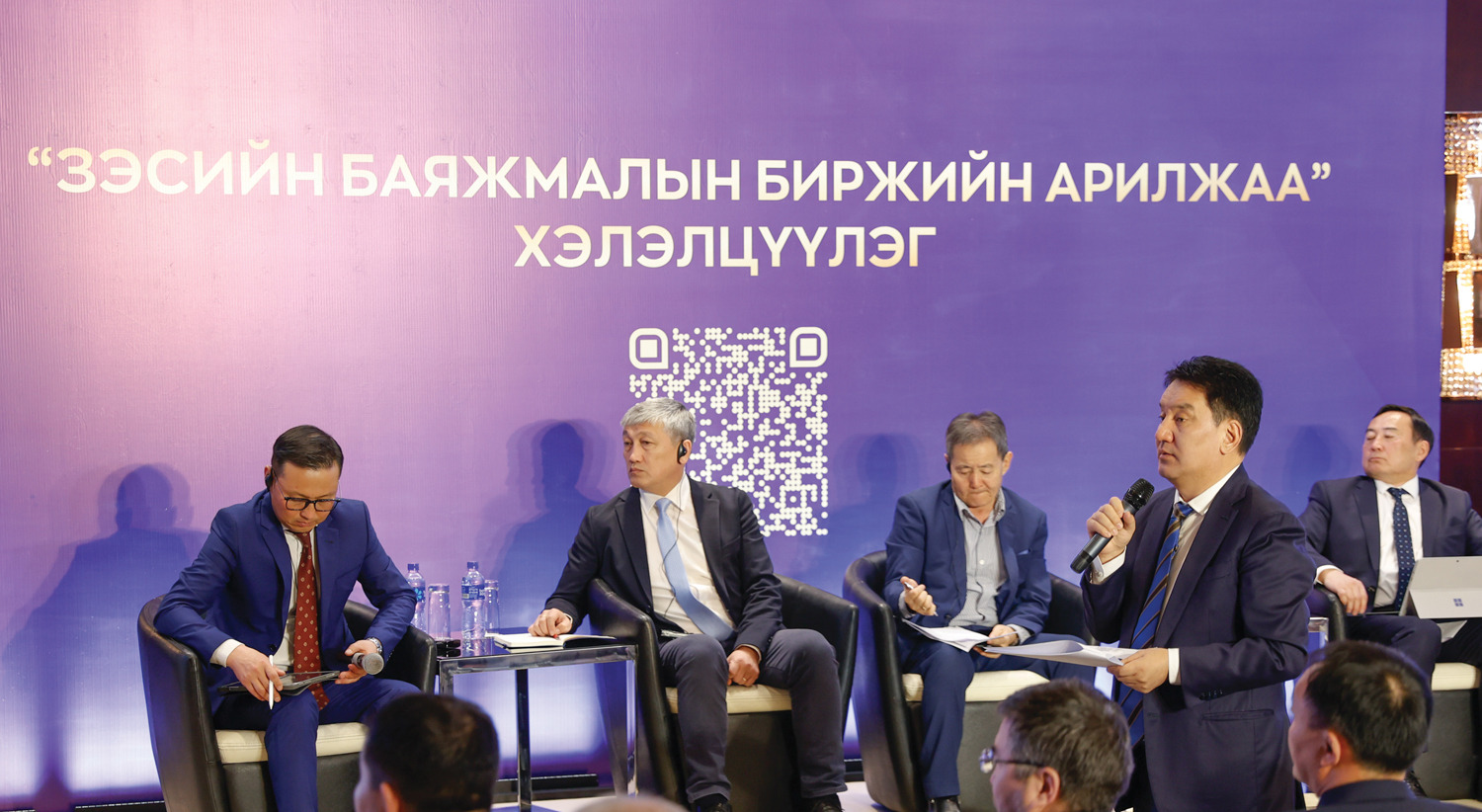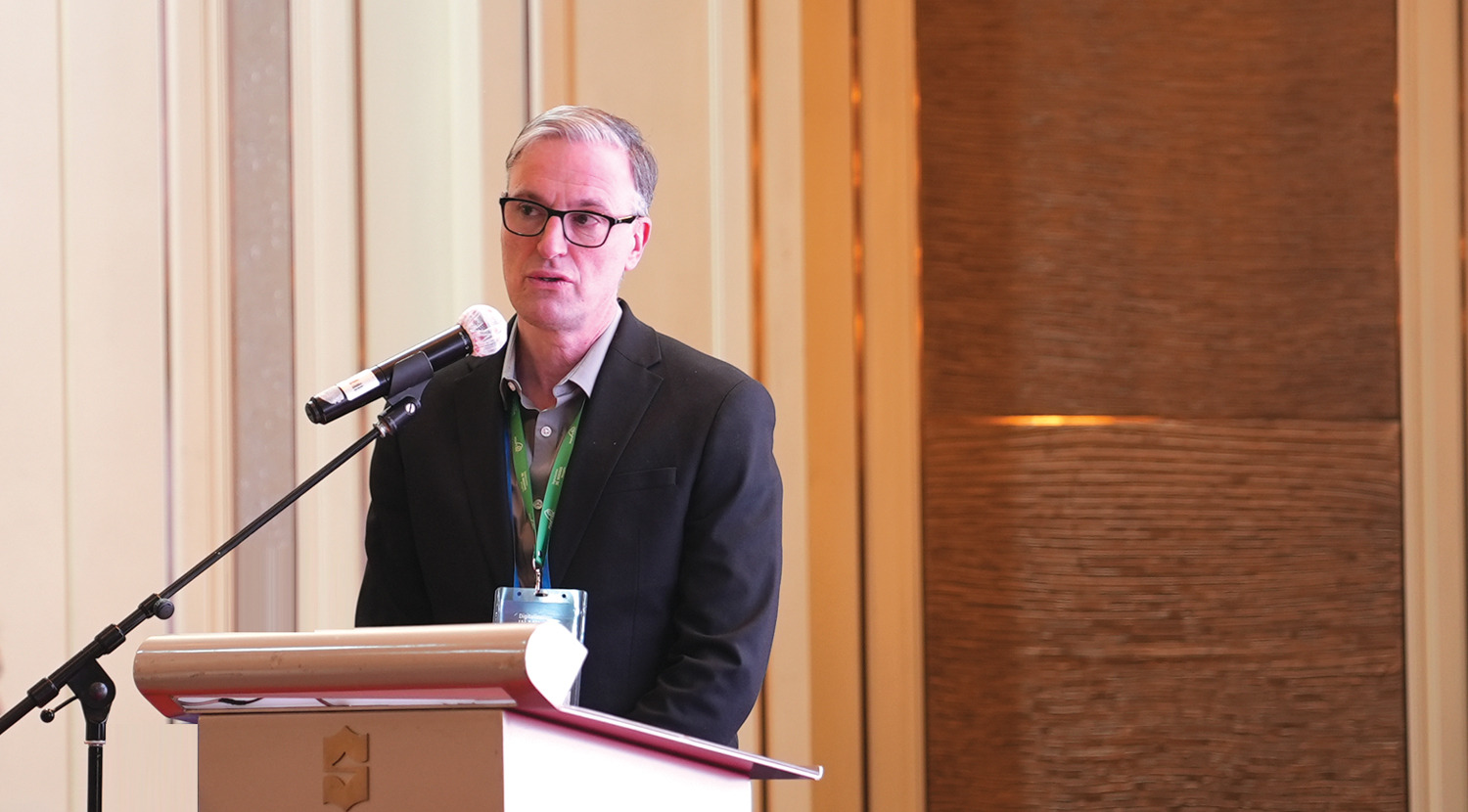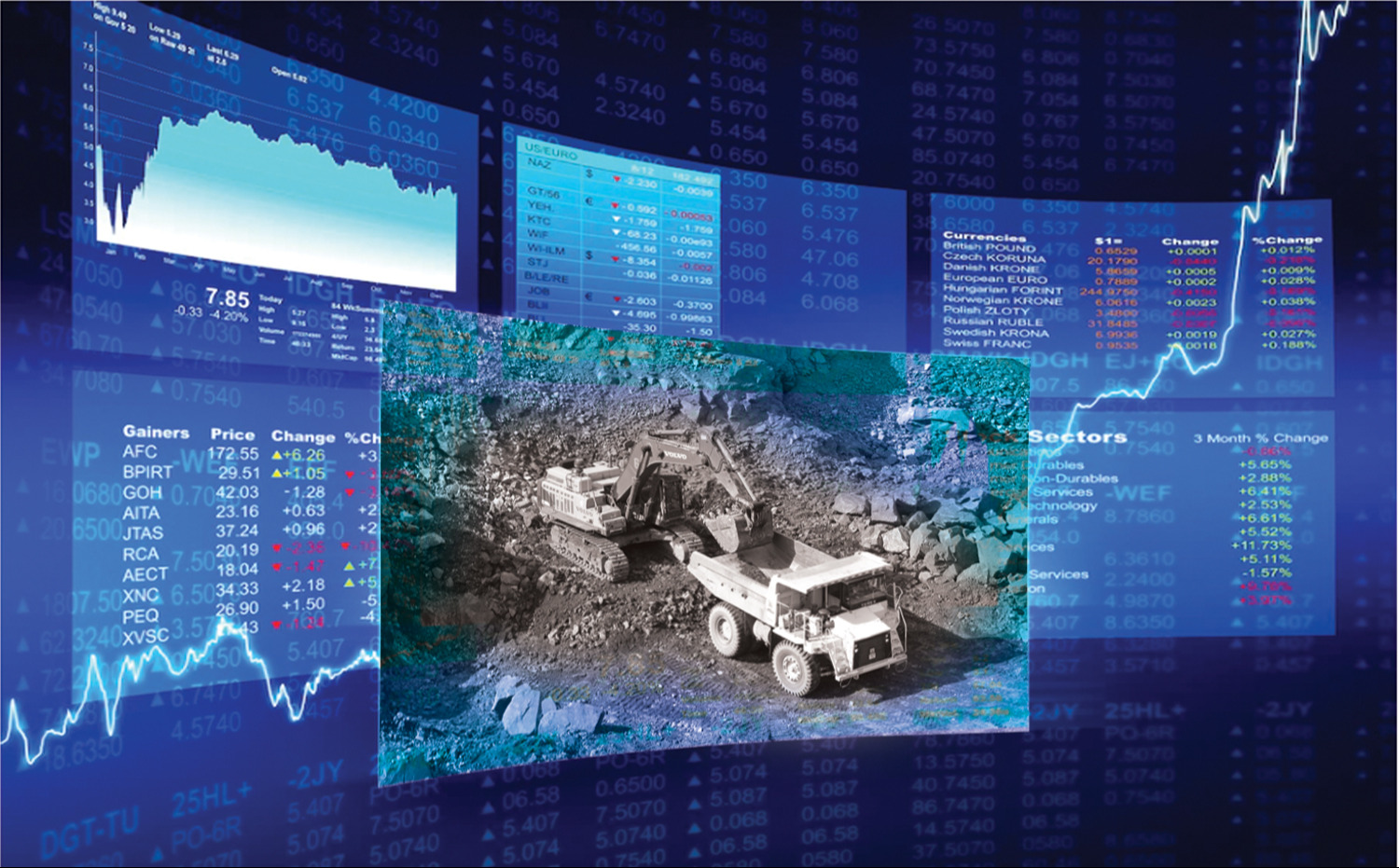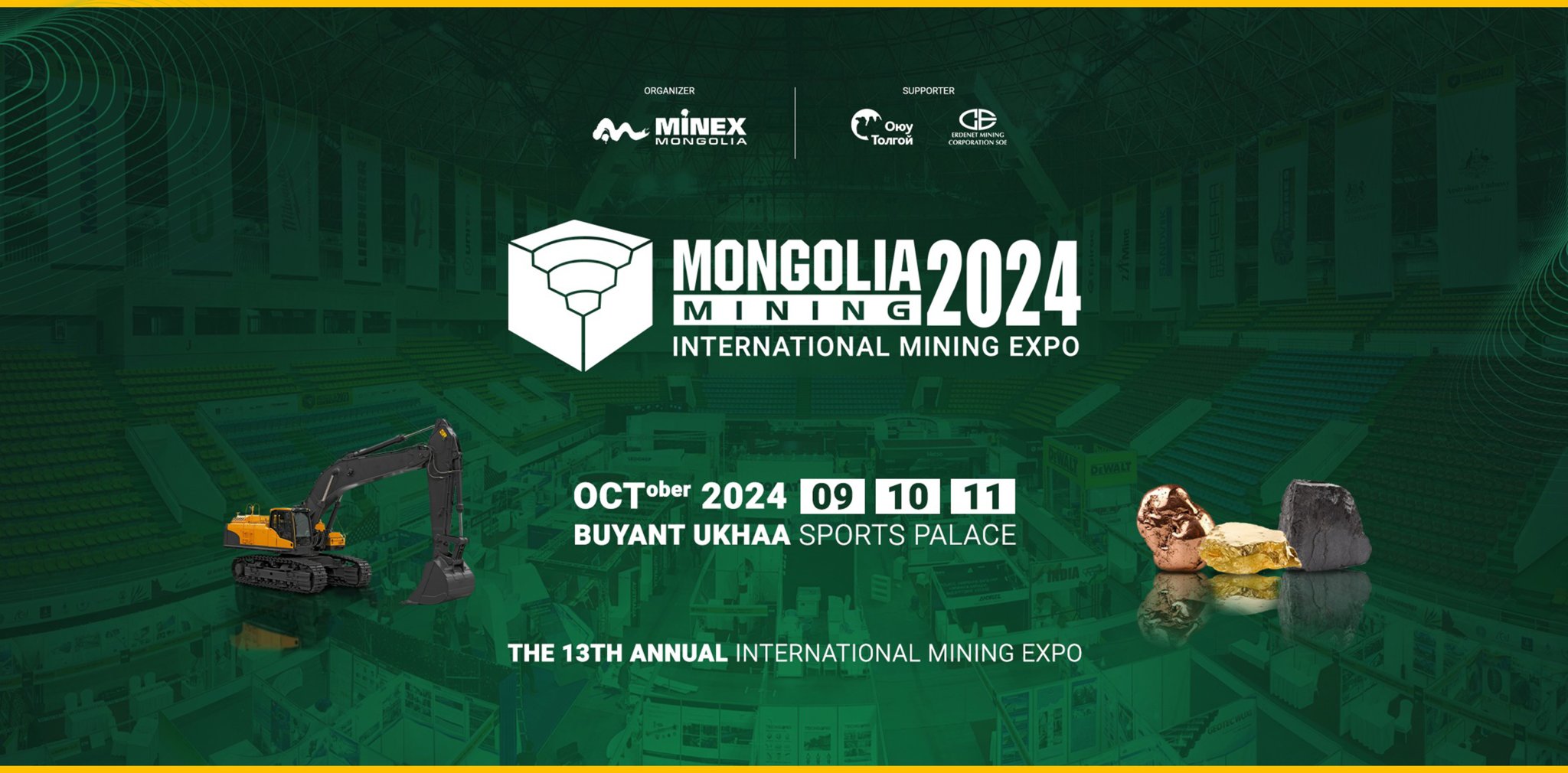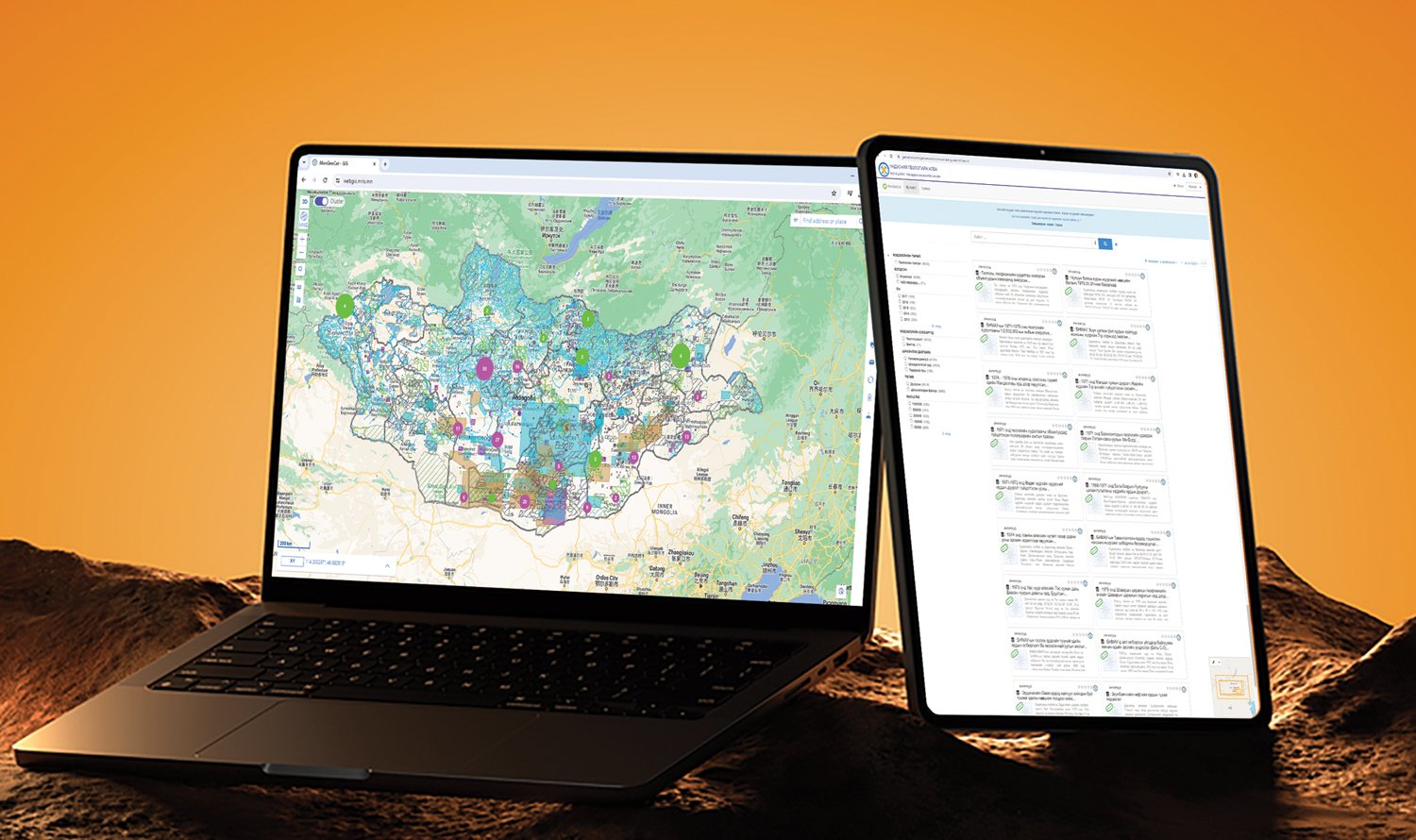Recent news
AUSTRALIA sIGNS Partnership Agreement WITH GERMANY TO SUPPORT the Vocational Education and Training Sector in MONGOLIA
Ulaanbaatar. Today, the Australian Embassy and the Deutsche Gesellschaft für Internationale Zusammenarbeit (GIZ) signed a partnership agreement to jointly support the technical and vocational education and training (TVET) sector in Mongolia. The “Cooperative TVET II” (cTVET II) project builds on the result of the cTVET I project, implemented on behalf of the German Federal Ministry for Economic Cooperation and Development in close cooperation with Mongolian Ministry of Education and Science
Copper concentrate to be sold on the exchange market
The production and export of Mongolia’s mining products contributes 27% of Mongolia’s GDP, and constitutes 71% of the industrial sector, 92% of export income, 77% of foreign direct investment, and 32% of the state budget income. While relying heavily on one sector isn’t ideal, these statistics highlight the mining sector’s crucial position as the primary driver of Mongolia’s economy now and in the foreseeable future.
Build Mongolia 2024
Build Mongolia 2024 International exhibition of construction, mining, energy, infrastructure and advanced technology was held in Steppe-Arena
SUCCESSFUL AND EXPANDING COMMODITY EXCHANGE TRADING BOOSTS MONGOLIAN ECONOMY
Mongolia successfully started trading its minerals on a Mining Products Exchange in 2023. Parliament approved the Law on Mining Products Exchange on December 23, 2022, and the law came into effect on June 30, 2023. Trial trading commenced six months earlier and preparations for iron ore and copper trading on the exchange are largely complete.
MONGOLIA PREPARES FOR THE NEXT STEP IN THE MINING INDUSTRY
Mongolia has vast natural resources, is located in a very favorable geographical and geopolitical region, and can access major markets in Europe and Asia, So it has great potential for foreign direct investment (FDI) in the medium to long term.
Positive economic indicators as impact of coal
In 2023, Mongolia traded with 163 countries, and the total trade turnover reached $24.4 billion. Of this, exports totaled $15.1 billion, and imports $9.2 billion, resulting in a surplus of $5.9 billion. Compared to the same period last year, exports increased by $2.6 billion (21.9%) and imports by $54.1 billion (6.3%), the National Statistics Office said.
Get Ready for the 13th Annual "Mongolia Mining 2024" International expo in 9 – 11 October 2024!
The thirteenth edition of the "Mongolia Mining 2024" International Mining expo is set to take place from October 9th to 11th at the Buyant-Ukhaa Sports Palace in Ulaanbaatar. This highly anticipated event will showcase cutting-edge solutions, equipment, and techniques from around the world, all of which are designed to drive innovation and advance the mining sector. With a focus on the latest technologies and best practices, this exhibition promises to be an invaluable platform for industry professionals, investors, and stakeholders alike.
